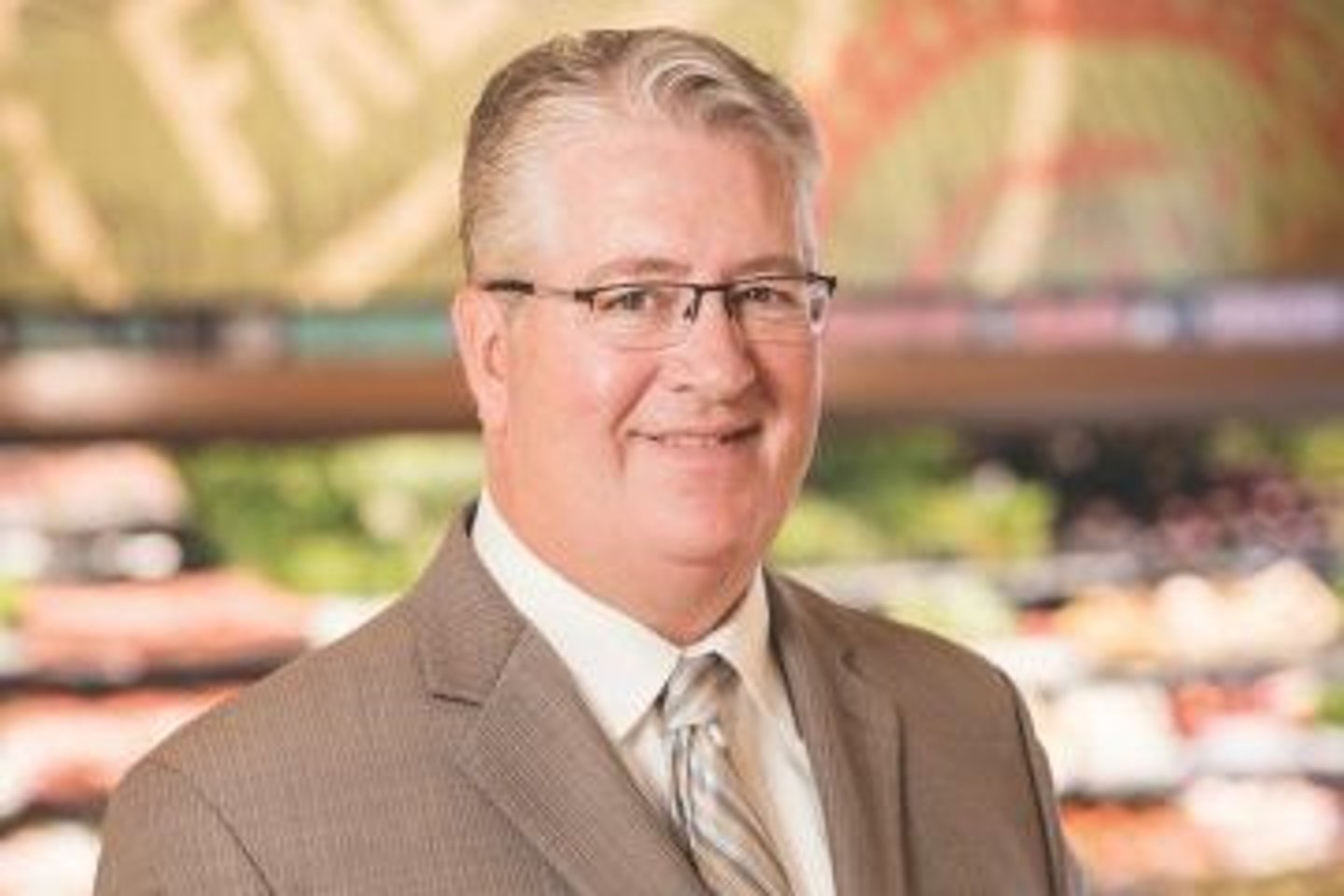The independents: Georgia Main Food Group's Gary Sorenson
Independent grocers might not have all of the advantages of the national giants, but through their connection to community, relationships with customers, and staying focused on what makes them special, they compete with the big chains on their own terms.
Canadian Grocer recently caught up with five indie grocers from across the country: Darrell Jones of Save-On-Foods, Gary Sorenson of Georgia Main Food Group, Giancarlo Trimarchi of Vince’s Market, Anthony Longo of Longo’s and Sylvie Senay of Avril Supermarché Santé. We will be featuring these Q&As in our newsletter over the coming weeks.
Next up is Gary Sorenson, president & COO, Georgia Main Food Group. Read on for edited excerpts of our interview.
Georgia Main Food Group has roots that stretch back as far as 1903, when Hok Yat Louie, an immigrant from China, opened his first store in Vancouver. Since those early days, the Louie family business has grown to include 24 IGA stores and five Fresh St. Markets, all in B.C. The company, originally the H.Y. Louie Co., underwent a restructuring in 2018, with Gary Sorenson being named president and COO of the newly-renamed Georgia Main Food Group. Here, Sorenson chats about being a regionally-focused grocer, why size matters and the importance of staying true to who you are.
Georgia Main/HY Louie has been around for 117 years. To what do you attribute its longevity?
Being a privately-held company that operates within the province allows us to make quick decisions in the direction of innovation. And our owners truly care about the employees and the communities we operate in, and I think that just reflects well on the Louie family and how they’ve approached the business for over 100 years.
What makes you stand out from other grocers?
We’re a regionally-focused grocer, and our grocery stores serve the community and are truly part of the community. We support local and provincial initiatives where it matters most, and we play an important role in supporting local growers ... we can go to market with some of the smaller producers that the bigger chains can’t, and it’s just because of size—they need very large volumes in order to support . So, we can sneak in and develop really good relationships with the smaller suppliers and truly be more focused on local.
How have you been able to respond to recent changes in consumer demand?
Well, with COVID, nobody was really prepared for that. Nobody had a playbook that said, “This is where we’re going to go. This is what we’re going to do.” You look back at SARS in 2002, and you say to yourself completely different. We went through those scares and bad times before, but it was nothing like what we’re facing now.
Our IGA stores are smaller and I think that has been beneficial for us . Same goes for our Fresh St. Markets. Their size allows consumers to do their shop quickly and get out. And I think, for a lot of customers, that has been a plus because they can avoid the bigger crowds, and they can do a grocery shop a little bit faster, because it’s easier to navigate a smaller store than it is trying to get through some of the bigger stores that we compete with.
What excites you most about the grocery business right now?
The excitement is in the unknown. The industry is evolving all the time. E-comm, online—the changes are fast and furious, and the grocery stores are evolving, too. And it’s not just the store, but also the home meal replacement offerings. We’ve talked about for years in the industry ... but it’s really only been in the past few years I’ve seen grocery stores develop products that are absolutely as good as—or better than—restaurant-quality home meal replacement products. That’s exciting!
How can independents best tackle today’s changing retail landscape?
You have to be true to who you are. Don’t try to be something your banner is not prepared to be. And I think the independent has to be nimble and react to their community, and the demands of the consumers within the community. If they do that, I think they’ll be successful and continue to grow and deepen the relationship with consumers.
The other thing that we have to really keep going on, as an industry, is technology. We had a three-to five-year plan for e-commerce, and COVID arrived and that took it to a three-to five-month plan. We had to adjust quickly. Fortunately, we had e-comm set up. We were working on developing our e-commerce platform ... so we were already down that road and ready to react. E-commerce is growing exponentially; I don’t think that’s going to change. I don’t think it will continue to grow at the pace it is right now, but it’ll definitely continue to grow through the next decade for sure.
What are some of your company’s greatest strengths and opportunities?
Our ability to react quickly, be nimble and be humble, and work at developing our relationships with those local producers. I think there’s always going to be room for the independent amongst the giants.

